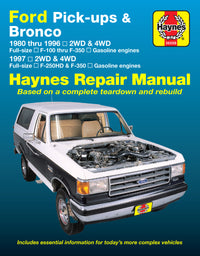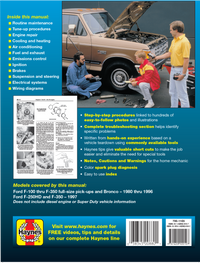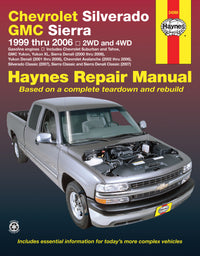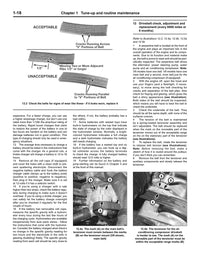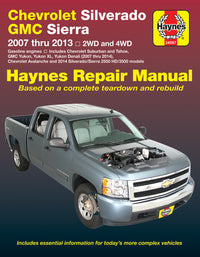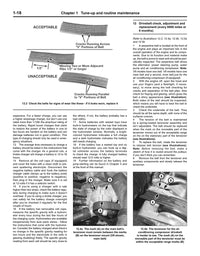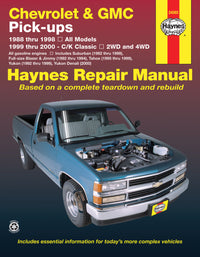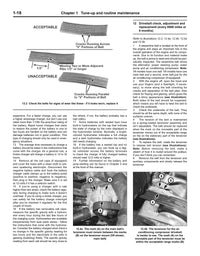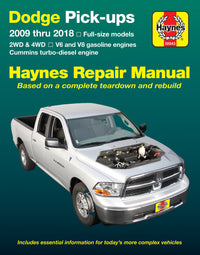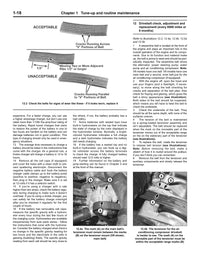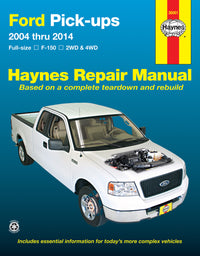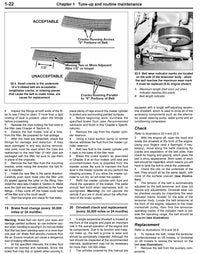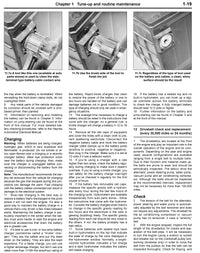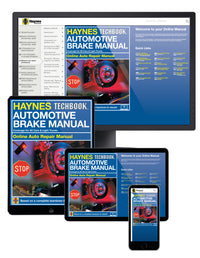Haynes is a brand that has been built on the premise of saving you money – that’s what we’re all about. However, when it comes to certain things, it’s definitely worth spending a bit more – and one of those certain things is tools. Buy cheap, buy twice is our motto.
Cheap tools usually don’t work as they should. Wrenches and sockets will slip, ratchets will break, screwdrivers will round off screw heads, and even more dangerous, jacks can suddenly fail. You are MUCH better off buying reasonable-quality tools to start off, then replacing them with even better ones as finances allow.
Caution!
Buying tools is addictive! When you need a new tool, there is much joy to be derived from the search and the eventual purchase. There are thousands of different tools out there, but for the majority of jobs you can undertake at home, you don’t actually need that many.
Here’s the Haynes list of essential car tools to get you started.

1 Ratchet set
These come in many different sizes, and designs. There are two common designs of sockets – double-hex and full hex.
The double-hex sockets have 12 teeth inside to grip a nut/bolt. The teeth allow the socket to be placed in 12 positions on the nut/bolt, which gives a lot more flexibility in positioning the breaker bar or ratchet that fits into the socket. Where access is limited, a double-hex socket could be essential.
Full hex sockets have six teeth, and have a lot bigger contact patch size with the nut/bolt. The larger the contact patch, the more torque can be applied to slacken or tighten a nut/bolt.
Sockets are usually available in three different ‘drive’ sizes. This refers to the size of the square hole in the end of the socket into which the ratchet, breaker bar, or extension is inserted:
¼” drive is for small sockets, usually up to about 12mm. They are great for very small fasteners, where delicate control is required and access is limited.
⅜” drive sockets are probably the most useful size for a DIY mechanic. Small enough for most access situations, yet large enough to be useful where some force is required. Common socket sizes range from 8mm to 17mm.
½” drive sockets range from around 11mm to 36mm. These are sockets that can take the torque! Whether it’s tightening cylinder head bolts, or wheel bolts, these are the sockets you’ll need.
To go with the sockets, you’re going to need a ratchet, breaker bar and extensions. The ratchet should be reversible - meaning it works when slackening as well as tightening. The breaker bar should be long enough to apply some serious torque, but not so long it’s unwieldy.
Despite the imperial drive sizes, virtually all cars made in the last 30 years will have metric-sized nuts and bolts, so you’ll need metric sockets and spanners.

2 Wrenches
There are many designs of wrench available, but without doubt, the most useful ones are combination items. This is where one end is open-ended, and the other end has a closed ring of the same size. The open end can be useful where access is restricted, but can easily slip as it only acts upon the nut/bolt in two places. Always use a ring wrench instead of an open-end, where possible.

3 Adjustable wrench
These can be invaluable for odd-sized fasteners, turnbuckles, or generally preventing things from rotating when you don’t want them to. However, they do have limitations.
Just like open-end wrenches, they only make contact in two places with the nut/bolt. Plus there is always a little ‘play’ between the sliding jaw and the fixed jaw, so it never sits completely parallel. This means they are prone to slipping, and poor-quality adjustables will slip a lot.

4 Pliers/side cutters
Generally, a three-piece set will suffice.
Long-nosed (or snipe-nosed) pliers are great for reaching clips that regular pliers are too bulky for.
Regular pliers have shorter, stronger jaws, usually with a sharper, cutting section incorporated. These pliers can provide strong, flexible grip, but beware – cheap ones will lose grip quickly.
Side-cutters (or ‘snips’) are for cutting small diameter items like electrical cables, hoses and cable ties. And guess what? Yes – cheap ones will blunt quickly.
Try to get pliers with soft, comfortable grips. It makes a difference.

5 Screwdrivers
You’re going to need a good selection of screwdrivers. Long ones, short ones, flat-bladed, cross-head, and Torx. As time goes on, you’ll probably discover the need for different sizes and designs (see Caution! above).
Try to get ones with comfortable handles that provide good grip, and don’t use them as chisels or punches!

6 Torx/star drive bits
There are few things more annoying than discovering your car’s held together with Torx/star drive bolts/screws and you don’t have any bits! Don't even think about trying to wedge normal screwdrivers in them and hoping for the best because you'll run the risk of ruining the head, making it impossible to remove.
Torx bits can be used in conjunction with sockets, ratchets, etc or you can use star drive keys in the same way as hex keys.

7 Hex/allen wrench
As with Torx bits, you really need the correct tool for the job. Avoid the cheap sets – they’ll bend easily and round off the edges.
Give any stubborn fixing a liberal dose of penetrating fluid and it will – in theory – make it easier to remove!

8 Gloves
Working on cars is a messy business, and dirty oil is carcinogenic. Latex gloves are cheap, so buy some.

9 Torque wrench
There are many nuts and bolts holding your car together that need to be tightened ‘just so’. Too loose and the fastener may unscrew. Too tight and it could break.
In order to prevent this, manufacturers specify a precise torque setting for many critical fasteners, so you need a torque wrench to find this.
Modern wrenches, once set to the required torque, will slightly ‘give’ and emit an audible click when the setting is reached. Old-fashioned wrenches bend when force is applied, with a needle on a gauge displaying the amount of deflection. It’s best to avoid these ones.
Torque wrenches come in different sizes, (¼”, ⅜”, ½” drive), and different torque ranges. Probably the most useful size to begin with is a ⅜” drive one, although you may find a ½” one indispensable (see Caution! above).

10 Hammers
There are times when only an application of force will do – sometimes a gentle tap is all that is required to loosen some component, or sometimes a good ‘whack’ is needed.
A soft-faced hammer is the most useful. It has sufficient mass for a forceful blow, but due to the soft face, causes the minimum of damage.

11 Floor jack
If you’re going to be working under the car then you’ll need a jack. The standard-issue jack in your car’s trunk is fine for changing a flat tyre in an emergency, but a simple trolley jack is a much better, safer bet – and don’t even think about raising the car to work on unless you have some jack stands…

12 Jack stands
A good, sturdy pair of jack stands should ALWAYS be securely sited under the car whenever you’re going to be either getting under it, or even if you’re just removing a wheel.
You do not want the car to collapse onto you.

